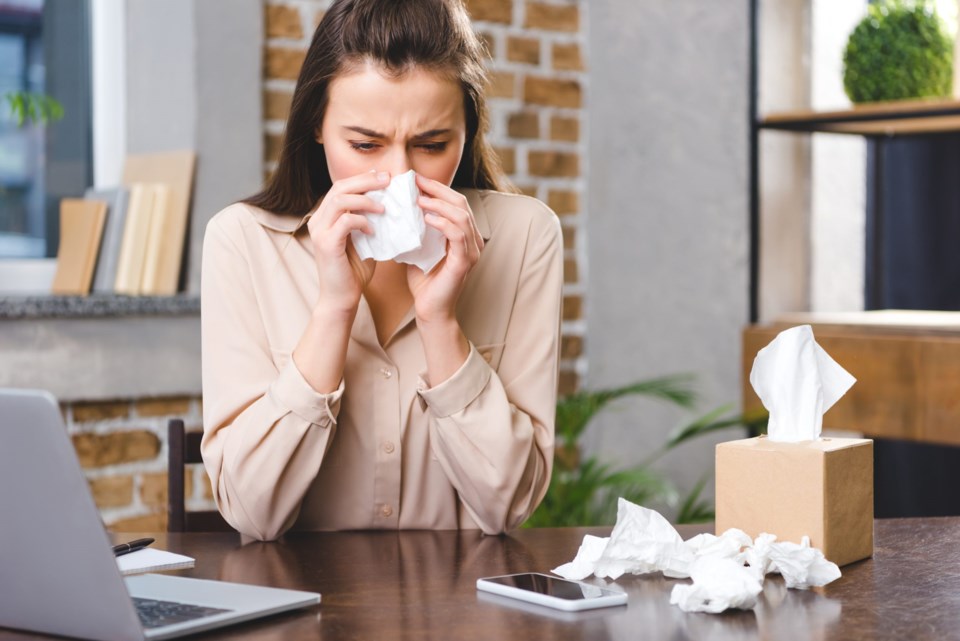The allergy season was rough this year for many North Texans. But the good news is that the worst is almost behind us.
Most North Texas trees are in full bloom, so the level of tree pollen in the air is expected to decrease gradually in the upcoming weeks. Good news for allergy sufferers.
According to NBC5, the amount of tree pollen subsides significantly as we move toward May. The summer months of June, July and August experience the lowest pollen activity in North Texas. But there is still a chance of experiencing allergy symptoms during this time as grass pollen becomes the primary culprit, although usually to a lesser degree.
Local Profile previously reported that North Texas is especially bad for those suffering from allergies. In Fact, Dallas was ranked the second worst city in the U.S. for those suffering from allergies.
Allergic conditions are among the most common medical conditions affecting people in the United States. More than 100 million Americans are affected by various types of allergies every year.
Seasonal allergic rhinitis, commonly known as "hay fever," is a widespread allergic condition that affects a significant portion of the population. Statistics indicate that roughly 26% of adults and 19% of children have received a diagnosis of seasonal allergic rhinitis in the United States. The condition is typically characterized by symptoms such as sneezing, nasal congestion, runny nose and itching of the nose, eyes and throat.
Although there is no definitive cure for allergies, they can be effectively managed through prevention and treatment. Developing a sound allergy treatment strategy depends on an evaluation of an individual's medical history, allergy test results and the severity of symptoms.
If you are affected by allergies, consult with a specialist to develop a customized treatment plan that is tailored to your specific needs.




